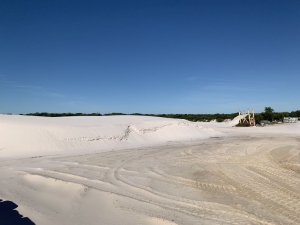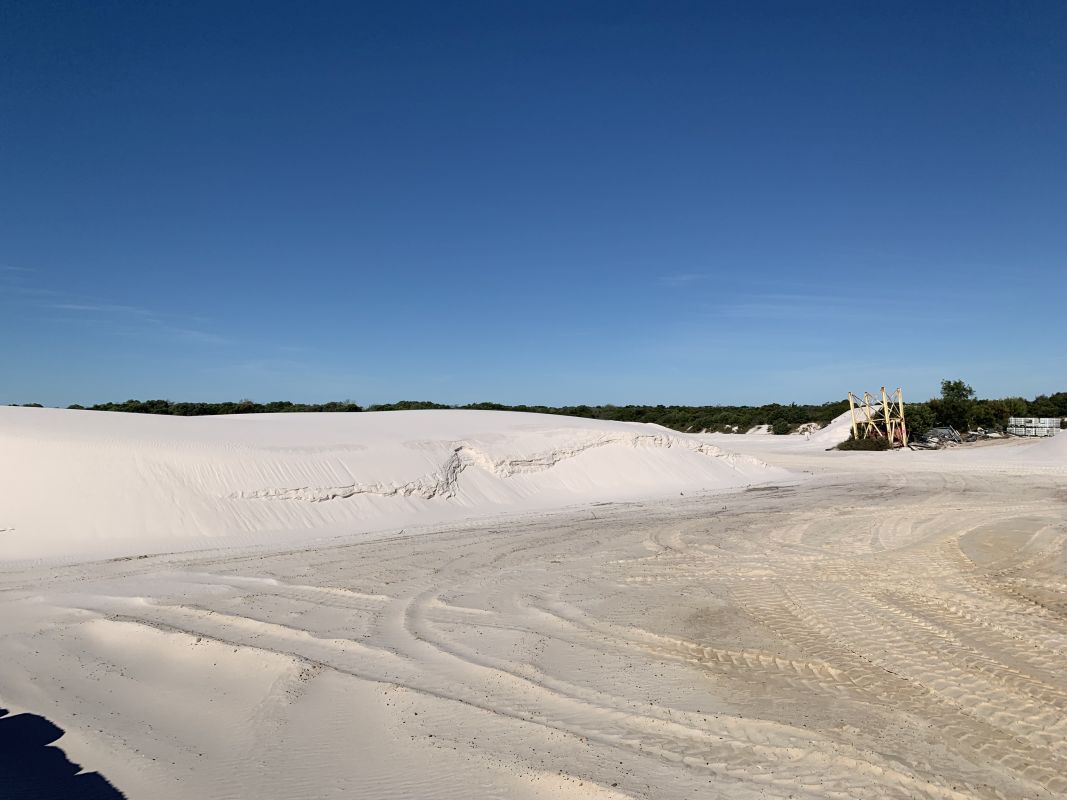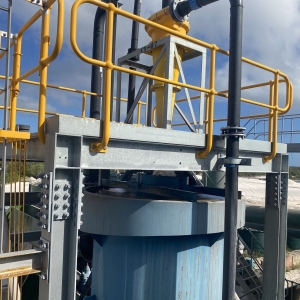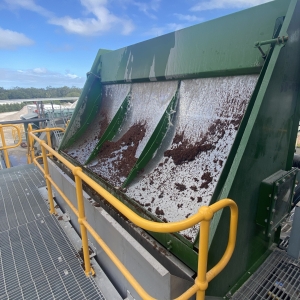Hydraulic fracturing is a critical process in unlocking oil and gas from deep underground reservoirs, and proppant sand plays a key role in ensuring its success. Sunstate Sands supplies high-quality proppant sand that has already demonstrated strong performance in the field.
While our 40/70 and 70/140 frac sands are just outside API specifications, they have been successfully used in real-world applications, proving to be a cost-effective and reliable alternative for certain wells.
The Role of Proppant Sand in Hydraulic Fracturing
During hydraulic fracturing (or “fracking”), high-pressure fluid is pumped into underground rock formations to create fractures, allowing oil and gas
to flow more freely. Proppant sand is then injected into these fractures to “prop” them open, preventing them from collapsing once the pressure is released.
For proppant sand to be effective, it needs to meet key performance criteria such as:
• Strength and Durability – The sand must withstand extreme pressure deep underground without breaking down.
• Sphericity and Roundness – More uniform grains help improve permeability and fluid flow.
• Purity and Composition – Low levels of impurities ensure better performance in the well.
API specifications set strict standards for proppant sand, but some wells have the flexibility to use near spec sand, depending on the reservoir conditions and operator requirements.
Proven Performance in the Surat Basin
In 2024, Sunstate Sands supplied approximately 1,000 tonnes of proppant sand to three wells in the Surat Basin. The sand was independently tested and confirmed to meet the project’s requirements. We received positive feedback on the sand’s quality, as well as our efficient packaging and reliable service.
Building on this success, we are currently pricing proppant sand for five more wells in the region, demonstrating increasing demand for a high-quality, near spec alternative to API certified proppant.
A Practical, Cost-Effective Solution
With ongoing demand for proppant sand, operators are looking for dependable supply chains and cost effective options without compromising performance. Our 40/70 and 70/140 frac sands provide a strong balance between quality, affordability, and availability.
• Tested and proven in real-world applications
• Suitable for certain wells where API-compliant sand is not required
• Competitive pricing with strong supply capabilities
• Reliable packaging and customer service
If you’re looking for a trusted proppant sand supplier, we’d love to discuss how our sand can fit into your next project.
Contact us today to learn more about our proppant sand solutions.







